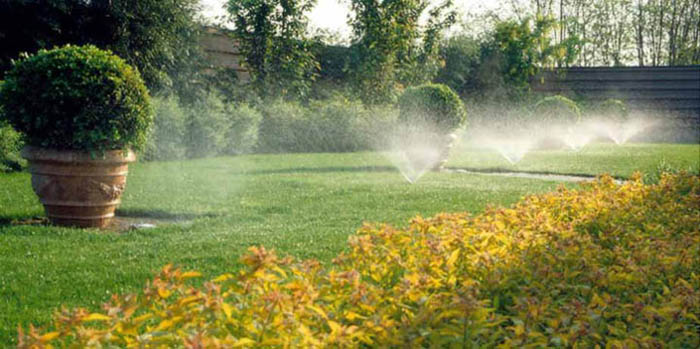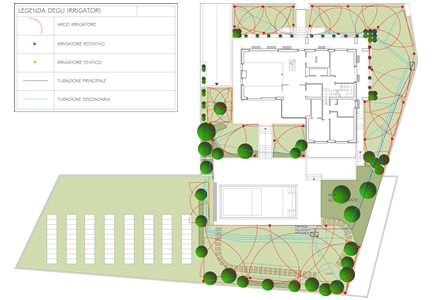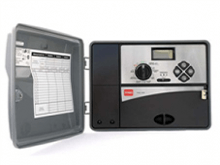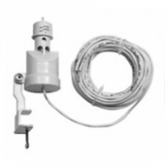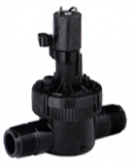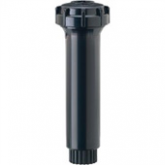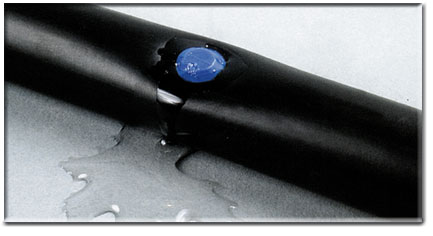Irrigation system
| Water is an essential element for life, even for that of plants and flowers. An efficient irrigation system can undoubtedly be an excellent aid for keeping the garden plants healthy and healthy.
Fig. 1. - Garden with irrigation We design the customized irrigation system for your garden. The first thing to do is to evaluate the correct location of the sprinklers, any dripping wing and the central well. The sprinklers we use can wet with different angles (90 °, 180 °, 270 °, 360 ° or as desired) and are preferably positioned on the perimeter of the garden.
| ||
Fig. 2 - The garden is divided into three areas. The sprinklers have different spray angles in relation to their location | ||
A problem with almost all systems is water pressure. Generally a normal domestic line is sufficient to feed 5 or 6 sprinklers at a time. So if the garden requires several sprinklers, different areas must be provided (see colors in the drawing). It is important that each area has all sprinklers of the same type.
| ||
| Fig. 3: In the first box, starting from the left, you can see a control unit that controls the system. Just after, you see a sensor used to stop irrigation in case of rain. In the third figure, you can see a solenoid valve used in automatic systems and finally a common retractable garden sprinkler. | ||
The irrigation system can be either manual (i.e. by opening the taps by hand), or automatic (with solenoid valves). Before deciding we evaluate the costs we want to bear. In any case, as already mentioned, the first thing to do will be to divide our garden (which can also include flower beds, basins, terraces and rocks) into areas that will be fed by a single tube; this hose must be of a diameter proportionate to the number and type of sprinklers. Manual type: If you have opted for this method you will have to make as many branches as there are areas, setting up a gate valve for each branch. If we opt for the automatic, each zone will require a solenoid valve which must be connected to the control unit (to be placed in a dry and sheltered from the weather) position, which will automatically manage the system. Needless to say, the automatic system has significant advantages. To have a peaceful sleep while on vacation or not to get up at four in the morning to switch on the system, automatic irrigation is the ideal solution. To prevent the system from starting even in rainy conditions or after heavy rainfall, it is advisable to equip the system with a rain sensor. DROPPING WING This method guarantees less waste of water and is an excellent solution for hedges, balconies, planters and rocks. It is good practice to dedicate a specific area of the system to the dripline since it usually has to remain in operation much longer than the sprinklers.
Fig. 4 - Dripping wing | ||

